8 Motorsport Photography Tips for Mind-Blowing Images
Tips for Capturing Amazing Motorsport Photography

On more than one occasion, I’ve left a motorsport track with my camera (and myself) covered in dust and mud. Dust can be disastrous for a camera. It’s important to prepare your gear before heading out to the track. Especially when photographing motorsports on a dirt track.
If your camera is not weather-sealed, add a rain cover. This may help keep the dust from finding its way in through tiny cracks and crevices.
And no matter what camera you have, make sure to thoroughly clean the exterior of the lens and camera body before removing the lens from the camera body. Otherwise, you will expose the sensor to dust.
Avoid changing lenses while at a dirt track, for the same reason.
Even more important than keeping your gear safe? Keeping yourself safe. Talk to a track representative to find out where you can stand safely.
If staying safe means shooting behind a fence, use a wide aperture to help blur out the fence. This will keep it out of your photographs.
Always be aware of your surroundings. This means regularly taking your eye from the viewfinder. Wearing a bright safety vest can also help.
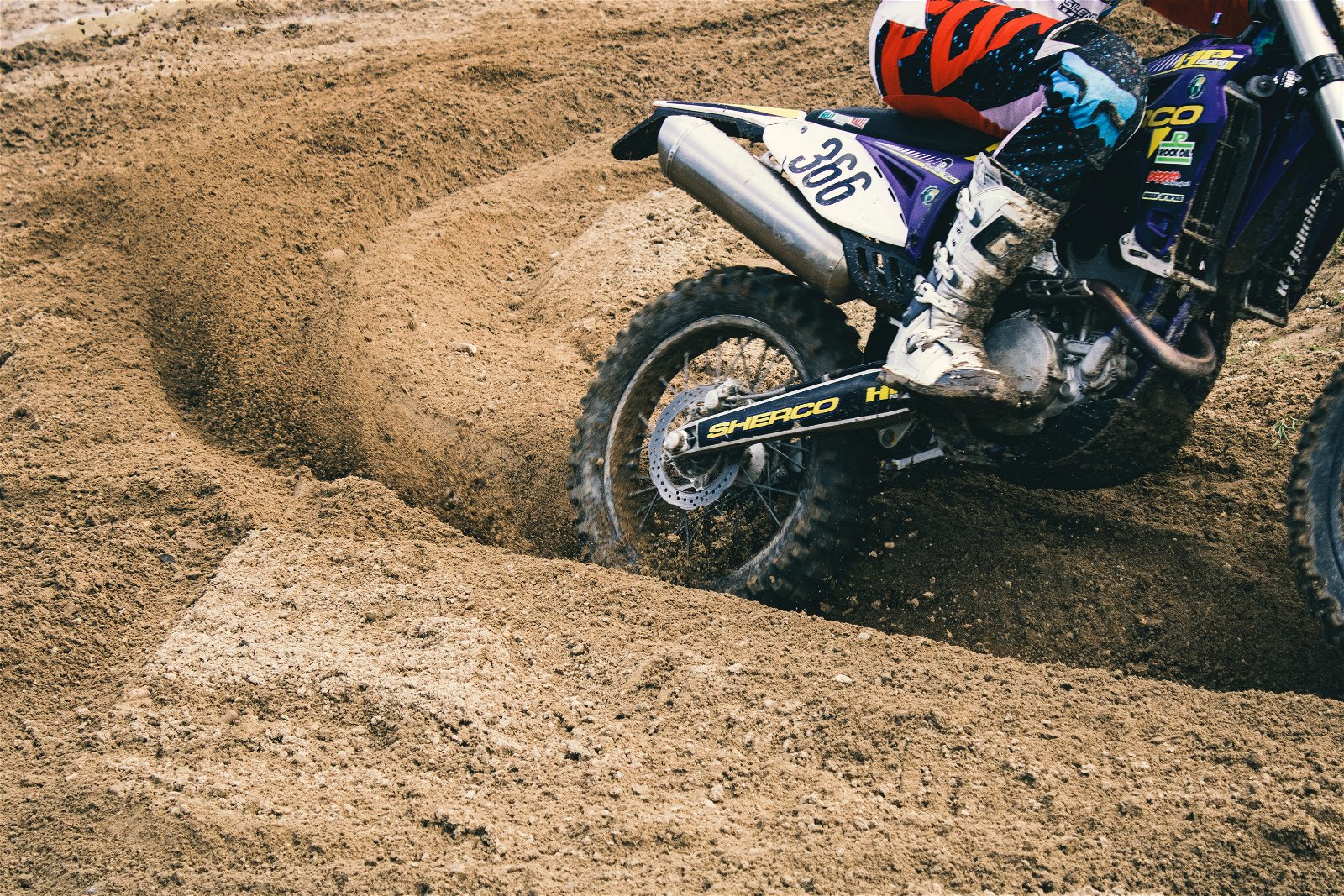
Getting up close and personal to speeding vehicles isn’t safe. This is why a good telephoto zoom lens is a great item to have in your gear bag for motorsport photographers.
A 300mm lens — or beyond — can be a huge help in bringing the action up close.
Changing your lens on a dirt track can degrade your camera sensor. That telephoto capability is best built into a zoom lens, rather than a prime lens with a fixed focal length.
Even a budget 70-300mm lens can produce some solid motorsports photography. It’ll allow you to capture the action up close, as well as backing off a bit to show more of the track.
6. How to Anticipate the Action
Anticipation is key to all sports photography — and motorsports is no exception. Many types of motorsport events make anticipation easy.
On a circular track, the curves tend to produce a lot of the action. A dirt bike track has jumps, curves and moguls where the best action takes place.
If you are unfamiliar with the track, arrive early to watch the practice rounds. You’ll have a better idea of which parts of the event to photograph. Look for curves or jumps, or any part of the track that seems to have the most excitement.
That information — along with safety tips and rules from a track representative — will help you decide where to stand for the photographs.
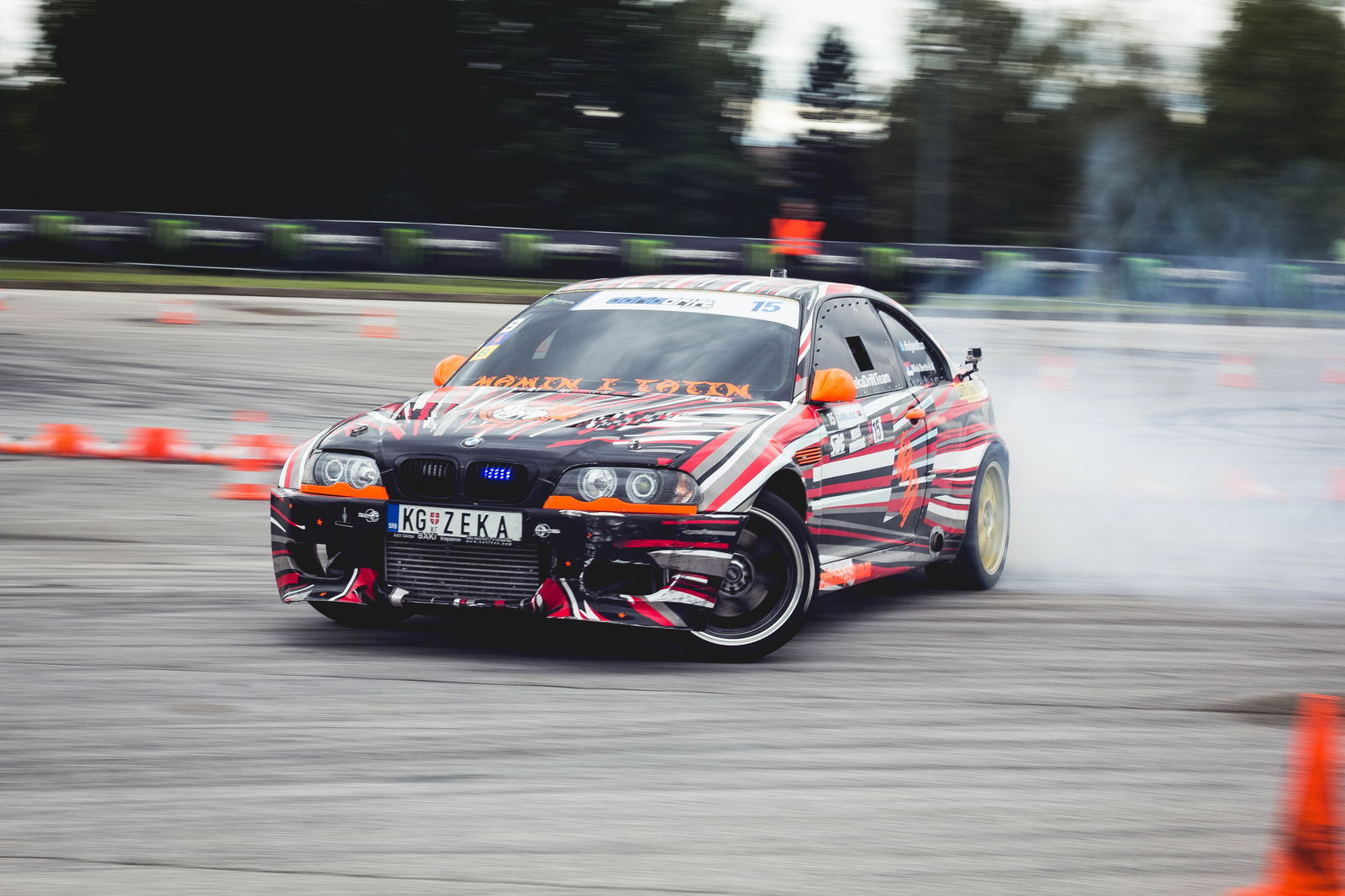
Fast subjects require fast photography — but maybe not as fast as you think. A fast shutter speed will freeze the action in motorsports, creating a clear, sharp picture.
However, if you freeze every last bit of motion, that car or motorcycle may look like it’s parked on the track. The trick is to use a shutter speed that’s fast enough to freeze the car, but too slow to freeze the tires.
That creates a sharp picture, while the blur to the wheels still leaves a sense of motion.
Not all motorsports go at the same speed. There’s not one magic shutter speed that creates that perfect mix of sharpness and blur. The best shutter speed depends on how fast the vehicle is moving.
Start with a shutter speed of around 1/500, and take a look at the results. If everything is sharp, use a slower shutter speed. If everything is a bit soft, use a faster shutter speed.
To change the shutter speed on your camera, shoot in shutter priority mode or manual mode. Remember, the shutter speed also plays a role in exposure.
Fast shutter speeds will need to be paired with a wide aperture and/or high ISO if the scene is not bright.
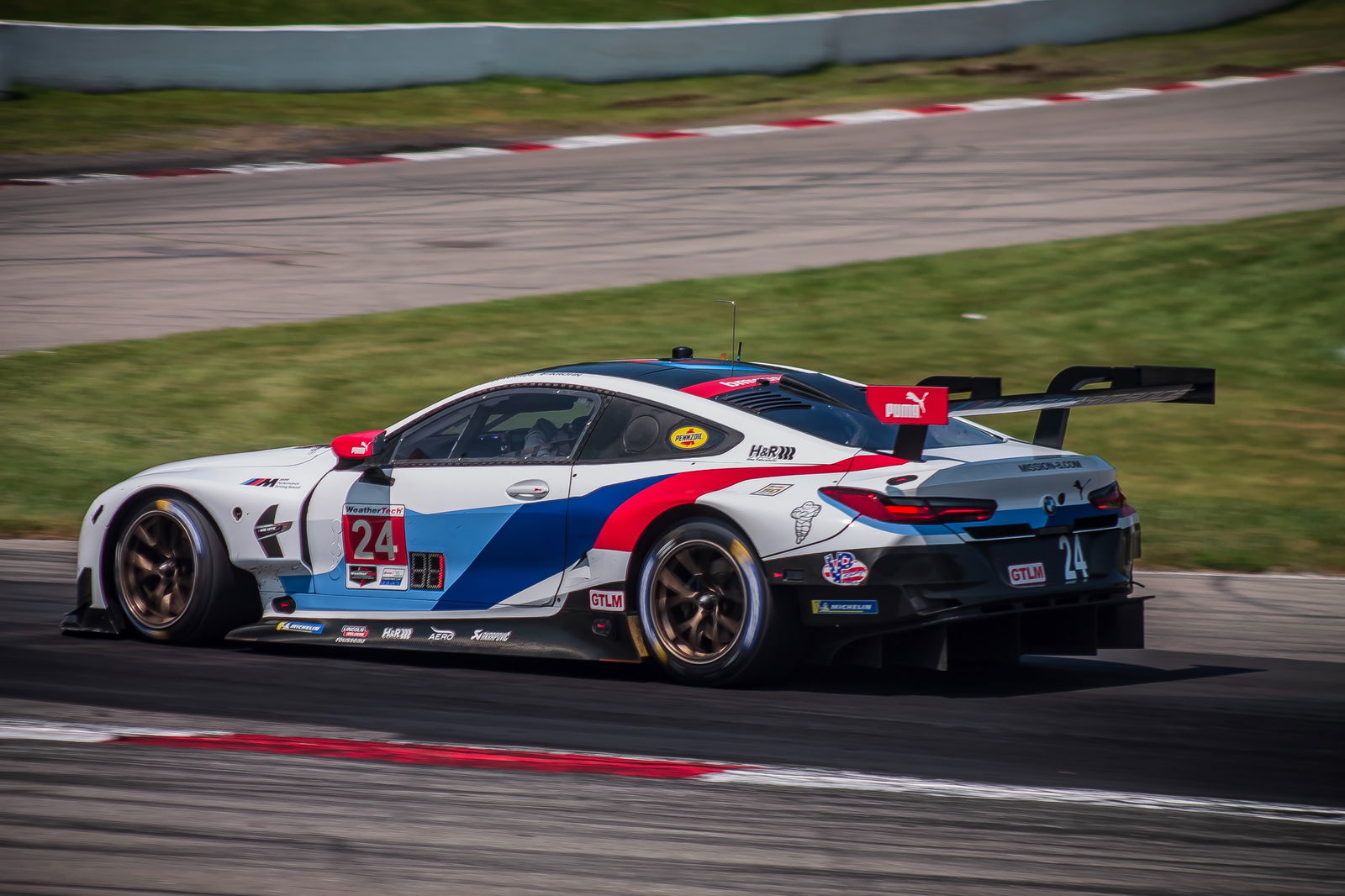
One of the trickiest parts of getting great car photography and motorsports photography is to get a sharp focus on something that’s moving. To start, put the camera in continuous autofocus mode.
This allows the camera to continue to adjust the focus after the shutter is pressed. This is essential for moving subjects.
Next, consider the autofocus area mode. I prefer to use dynamic or AF point expansion mode for motorsports. In this mode, you’ll choose a general part of the frame to focus on. The camera will use the surrounding focal points as well to increase the odds of getting a sharply focused shot.
Some mirrorless cameras have great autofocus tracking modes. They will follow the subject for you once you select what that subject is. In some cameras, the tracking mode is inferior to dynamic or AF point expansion mode.
In some cases, a pre-focus technique will help. This is particularly true in cases where you know exactly where the subject is going to be.
For example, in some types of races, everyone tries to take the inside lane.
To prefocus, focus on that lane or spot before the action gets there. Then you won’t have to wait for the camera to focus once the action is in front of your lens.
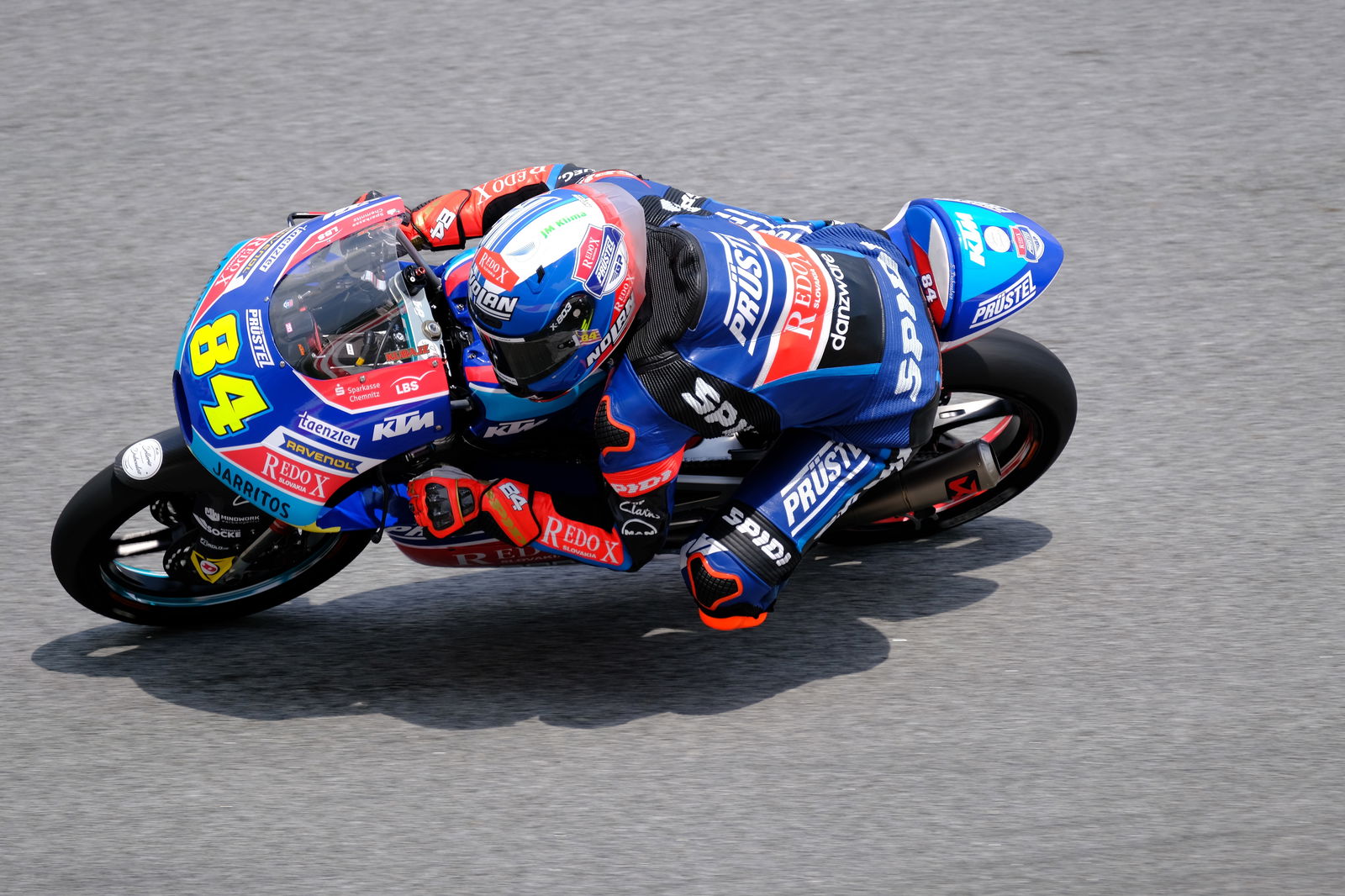
If you take all your motorsports pictures from the same spot, they will all start to look the same. Look for angles that will show off the action — of course, making sure that you are still standing in a safe area.
When photographing a dirt bike making a jump, for example, shoot from a low angle. This will make that jump look even higher than if you take that same shot from eye level.
Experiment with more than the obvious shots. Try shooting from a spot where the action is coming towards you instead of moving past you.
Instead of focusing on the jumps at a dirt bike race, look for turns where the riders send the most mud flying. You can also vary up the composition by getting in real close, then including some wider angle shots too.
1. Experiment for More Creative Shots
One of my favourite aspects of motorsports photography is the genre often leaves plenty of room for experimenting. There’s often more laps, more heats, and plenty more chances to get the shot.
That may not always be the case. For example, when you are trying to photograph a specific competitor in a short race.
Oftentimes, though, motorsports leave plenty of time for experimentation.
Get a few “safe” shots, then get creative. Try panning. Then try new angles. Photograph some shots with the crowd or the finish line flag.
When time is on your side, try new things — you may end up getting your best shot of the day this way.
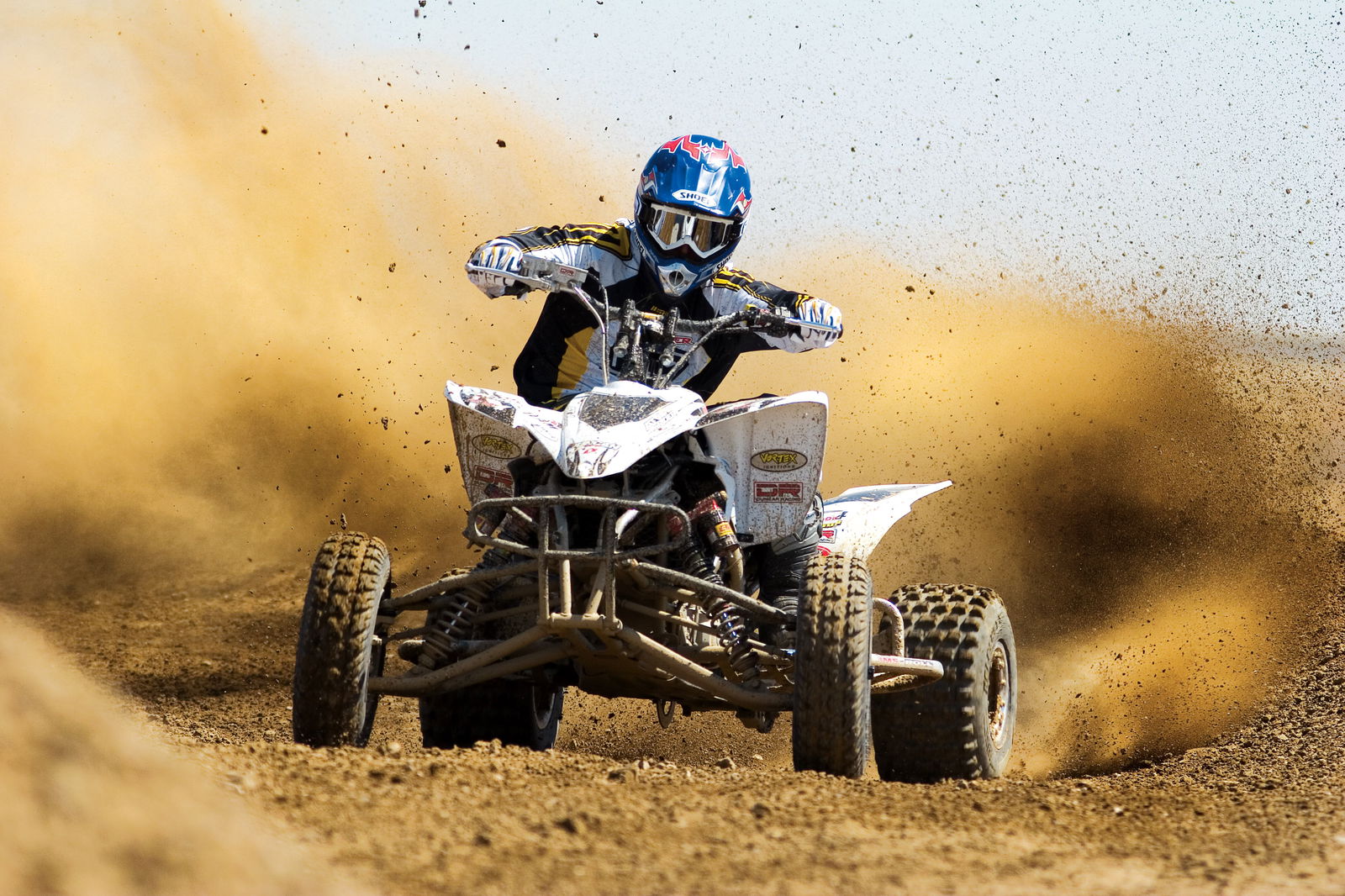
--------------------------------------------------------------------------------
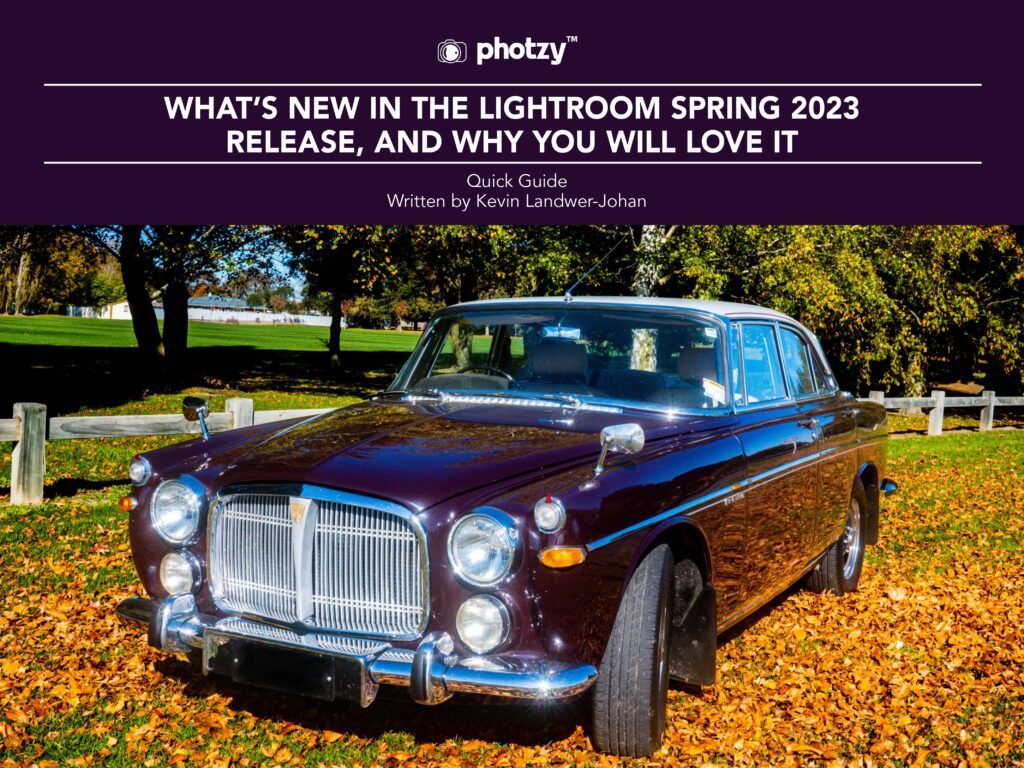
No comments:
Post a Comment
Note: Only a member of this blog may post a comment.